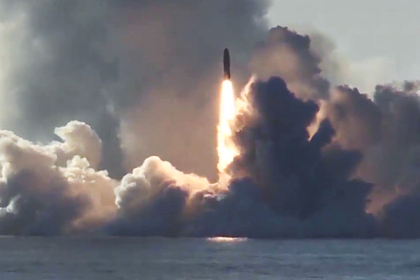The Russian R-30 Bulava-30 sea-based ballistic missile, which encountered numerous difficulties during the tests, is inferior to its Western counterparts in a number of characteristics. Criticism of Russian weapons was published by the American magazine The National Interest.
The US edition writes that the Bulava-30 R-30 program, after the failures of the 2000s, "returned to the right track" only in 2010, when a successful rocket launch was made from the TK-208 Dmitry Donskoy submarine. Nevertheless, the test conducted in 2013 was unsuccessful, revealing the presence of "manufacturing defects".
The magazine notes that the range of the R-30 Bulava-30 is comparable to the American UGM-133A Trident II D5 missile, but "questions remain about the accuracy of the Russian missile compared to its Western counterparts."
The publication recalls that the Bulava-30 R-30, which are received by the Project 955 Borey submarines, should "become the core of Russia's new nuclear triad."
Thus, The National Interest commented on the recent statement of the Chief of Staff of the Command of the submarine forces of the Pacific Fleet, Rear Admiral Arkady Navarsky, according to which the P-30 Bulava is invulnerable to any missile defense systems (ABM).
In February 2020, the Vice-President of the Russian Academy of rocket and artillery Sciences (raran) for information policy doctor of military Sciences Konstantin Sivkov said that the firing range and a circular probable deviation of Russian ballistic missile sea-launched R-30 "Bulava-30", adopted into service in 2018, and the American UGM-133A Trident II D5 was accepted into service in 1990, comparable, which is not the throw-weight, which is the second by almost 2.5 times.
Ivan Potapov



